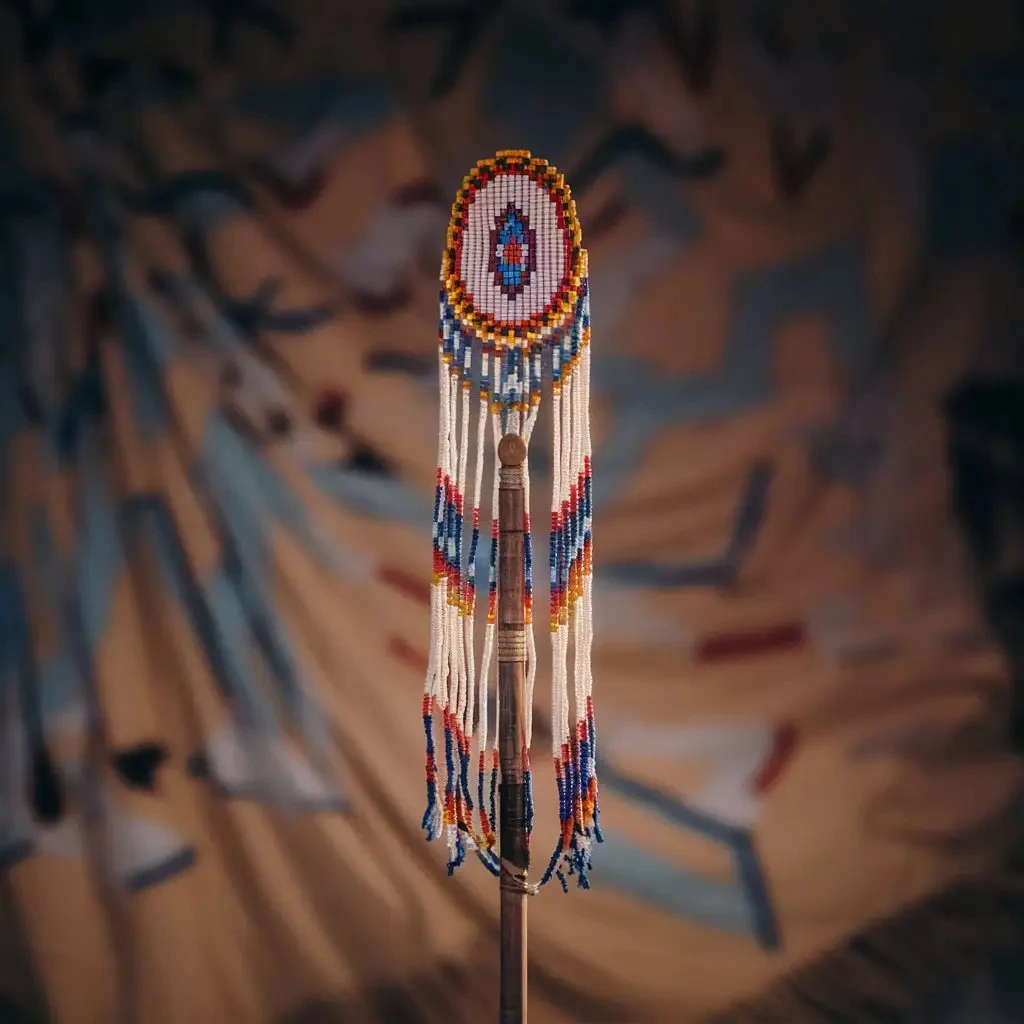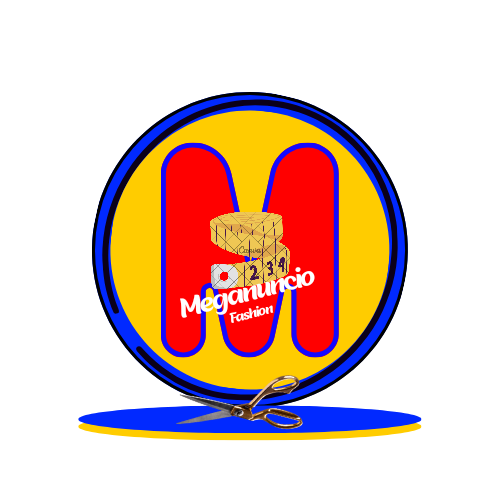How Traditional Fashion Tells a Story: A Deep Dive into Culture, Healing, and Style
How Traditional Fashion Becomes a Living Story: A Deep Dive into "This Is How You Heal" and Cultural Expression
Fashion is more than just clothing—it’s history, emotion, and storytelling woven into fabric. When we explore an outfit deeply, it reveals a narrative beyond mere aesthetics. In this article, we fuse literature and fashion, examining how an elder’s traditional Nigerian attire mirrors the essence of Brianna Wiest’s This Is How You Heal. This is not just about style; it’s about identity, resilience, and the power of transformation.
Book Analysis: The Deep Philosophy of This Is How You Heal
Brianna Wiest’s This Is How You Heal is not just a book—it’s a guide to inner transformation. It explores the journey of overcoming pain, finding peace, and rediscovering oneself. Through poetic essays and thought-provoking insights, Wiest emphasizes that healing is not a single event but a continuous evolution.
Key Themes of the Book:
Healing Through Wisdom – Growth comes from embracing lessons from the past.
Resilience & Strength – True power lies in enduring hardships and emerging wiser.
Cultural & Generational Knowledge – Healing often involves reconnecting with heritage and the wisdom of elders.
Identity & Legacy – Understanding oneself through personal and collective history.
These themes resonate far beyond the pages of the book. They echo in the traditions we uphold, the clothes we wear, and the values we pass down.
The Outfit as a Living Symbol of the Book
Now, let’s examine the traditional attire of the elder in the image. His flowing agbada, embroidered tunic, and deep red cap are not just fashion choices—they embody the very principles outlined in This Is How You Heal.
1. The Regal Agbada: A Symbol of Wisdom and Strength
The agbada, a grand robe worn by esteemed elders, represents accumulated knowledge and authority. Just as Wiest describes healing as a lifelong journey, this attire signifies a man who has lived, learned, and endured. The intricate embroidery on his garment is not just decorative—it’s a visual language, carrying cultural heritage and stories of survival.
2. The Deep Red Cap: A Testament to Power and Legacy
His cap, a deep, rich red, symbolizes resilience and leadership. In many African cultures, such headpieces are worn by chiefs and respected elders, individuals who have overcome trials and are now custodians of wisdom. This aligns with Wiest’s message: healing is about rising above life’s wounds and wearing one’s scars with pride.
3. The Staff with Beaded Patterns: An Emblem of Guidance
The elder’s staff, adorned with intricate beadwork, is more than a support—it’s a symbol of direction, a guiding force. In the book, Wiest discusses the importance of having mentors, wisdom keepers who light the path toward healing. The staff represents that very concept—a life lived with purpose, guiding future generations.
This is where fashion and literature merge: the outfit tells the same story as This Is How You Heal. It’s about endurance, transformation, and the wisdom gained through life’s struggles.
Fashion Critique: The Artistic & Cultural Depth of the Outfit
Beyond symbolism, this outfit is a masterful expression of art and tradition. Let’s break it down:
Fabric & Texture:
The agbada’s fabric is light yet authoritative, flowing with grace. It reflects a balance between softness (compassion, wisdom) and structure (discipline, strength)—just like Wiest’s writing, which blends deep reflection with practical advice.
Color Palette:
The off-white agbada represents purity and a life well-lived.
The red cap adds a commanding presence, much like a leader’s voice in a room.
The patterned staff incorporates multiple colors, symbolizing diverse experiences and the richness of cultural wisdom.
Design & Craftsmanship:
Every stitch, bead, and cut in this attire carries intention. It’s an outfit designed not just for aesthetics but for legacy. This parallels Wiest’s book—every word is carefully chosen to inspire growth and self-discovery.
Beyond the Book: How This Outfit Speaks to Modern Society
In today’s world, where fast fashion dominates, traditional attire like this serves as a reminder of deeper values. This ensemble challenges fleeting trends, standing as a testament to heritage, endurance, and the importance of cultural roots.
How This Style Could Inspire Future Fashion Trends:
Modern Agbada Designs – Blending traditional cuts with contemporary tailoring for everyday wear.
Cultural Accessories – Reintroducing beaded staffs and embroidered headwear into men’s fashion.
Symbolic Dressing – Encouraging fashion that tells personal and ancestral stories.
In a way, this elder is not just wearing an outfit—he is wearing history, philosophy, and the essence of This Is How You Heal.
Final Thoughts: The Fusion of Literature, Fashion, and Legacy
Brianna Wiest teaches us that healing is about embracing the past, learning from it, and moving forward with wisdom. This elder’s attire tells the same story—his agbada, cap, and staff are visual representations of life’s journey, resilience, and transformation.
Fashion is not just about looking good—it’s about carrying a message. Whether through books or clothing, storytelling remains one of humanity’s most powerful tools. This is why we must cherish the deeper meaning behind what we wear and the wisdom embedded in every thread.
What do you think? Does fashion have the power to tell stories and heal? Drop your thoughts in the comments!
👉 For more deep fashion storytelling, subscribe to Meganuncio Fashion and follow us for inspiring cultural insights!

































0 Comments
Hi, let's hear FROM you